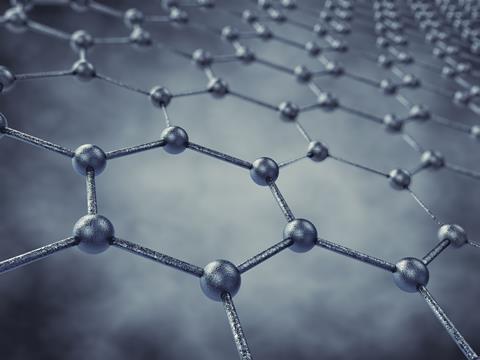Is ‘fake graphene’ really a problem, or is more going on?
There has been a recent ‘declaration of war’ announced on fake graphene. This follows a study in Advanced Materials that many products sold as high grade graphene – single-atom layers of graphite flakes – is mostly graphite powder.1

Yes, there are some issues with the graphene supply, with cowboy companies passing off graphite as graphene. But every manufacturing industry is the same and there are always going to be bad companies regardless of the industry. Some of the supply is good, some of it is not, and there are certain regions of the world where the output is worse. However, the notion that all low-grade graphene is misleading: indeed, without multi-layered graphene the industry would stagnate.
The term ‘war’ brings negative connotations to graphene, and more negatively worded press is not what the graphene industry needs. The graphene industry has also changed dynamically over the past 12–18 months. When the study on fake graphene was started, the industry was focusing a lot on the layer number as a function of quality. Now, while there is still some link to layer number and graphene quality, it is not as important as first thought. Rather, the industry views all types of graphene that have less than 10 layers, regardless of their platelet size or degree of functionalisation or oxidation, as ‘graphenes’.2 This range, determined by the International Organization for Standarization (ISO), also extends out to other 2D materials.
While there are companies that produce graphitic platelets, there are a significant number that produce multi-layered graphene under 10 layers. Before the ISO standard came in, many would put multi-layered graphene into the ‘bad quality’ bracket of graphene. But, as it turns out, this type is just as useful as single-layer and few-layered graphene.
Multi-layered graphene has showcased its usefulness as an additive in many composites, including clothing, absorption materials, tyres and even road surfaces. Its lower cost makes it more feasible for many applications than single-layer graphene, and it is demonstrating the value of the material in end-user products. This in turn has improved market confidence in higher-quality graphene for use high-tech electronics – meaning products once looked down on could be key in ensuring the material is adopted in the future.
Unfortunately, many end-users don’t know what type of graphene they want – CVD, multi-layer, graphene oxide, etc – and will often end up choosing the wrong type for their application. So, more education of the end-user companies, and the public in general, is required to show how graphene can be best exploited. This will also help to increase market confidence, and as the industry grows and more international standards will take effect (physical and measurement standards take a while for any material, never mind one with multiple forms). This will see the cowboys slowly phased out due to the competition in the industry – as there is a large oversupply at the moment – and the majority of the graphite products in the market being passed off as graphene will become a thing of the past.
References
1 Kauling A P et al, Adv. Mater., 2018, 30, 1803784 (DOI: 10.1002/adma.201803784)
2 Baker J, plenary talk at the Global Graphene Expo, Austin, October 2018












No comments yet